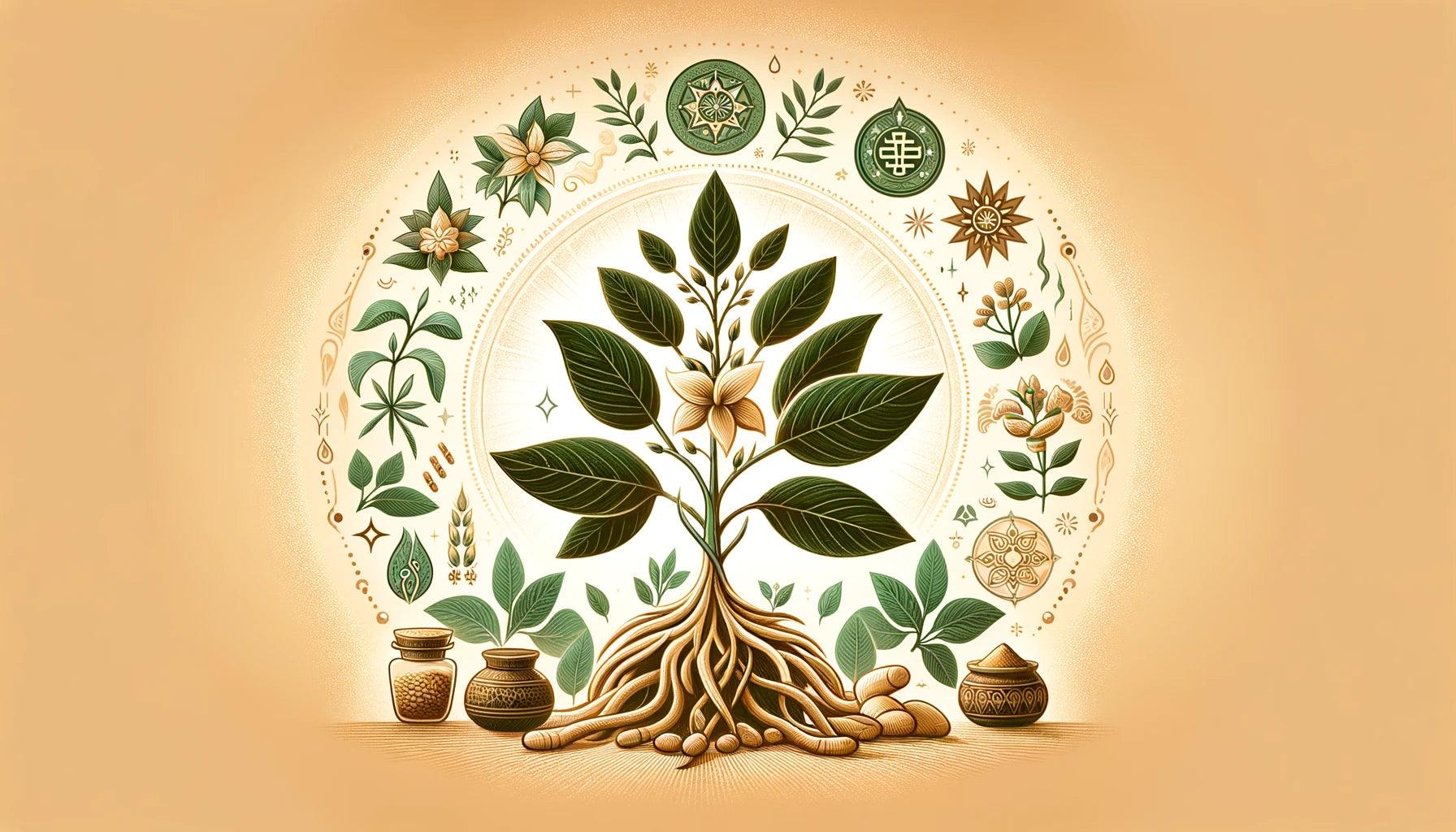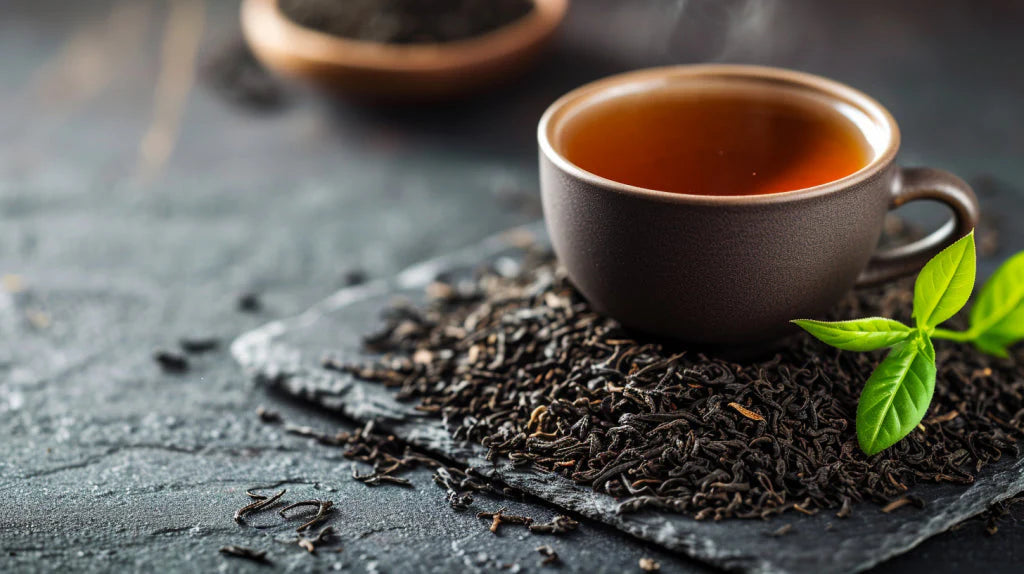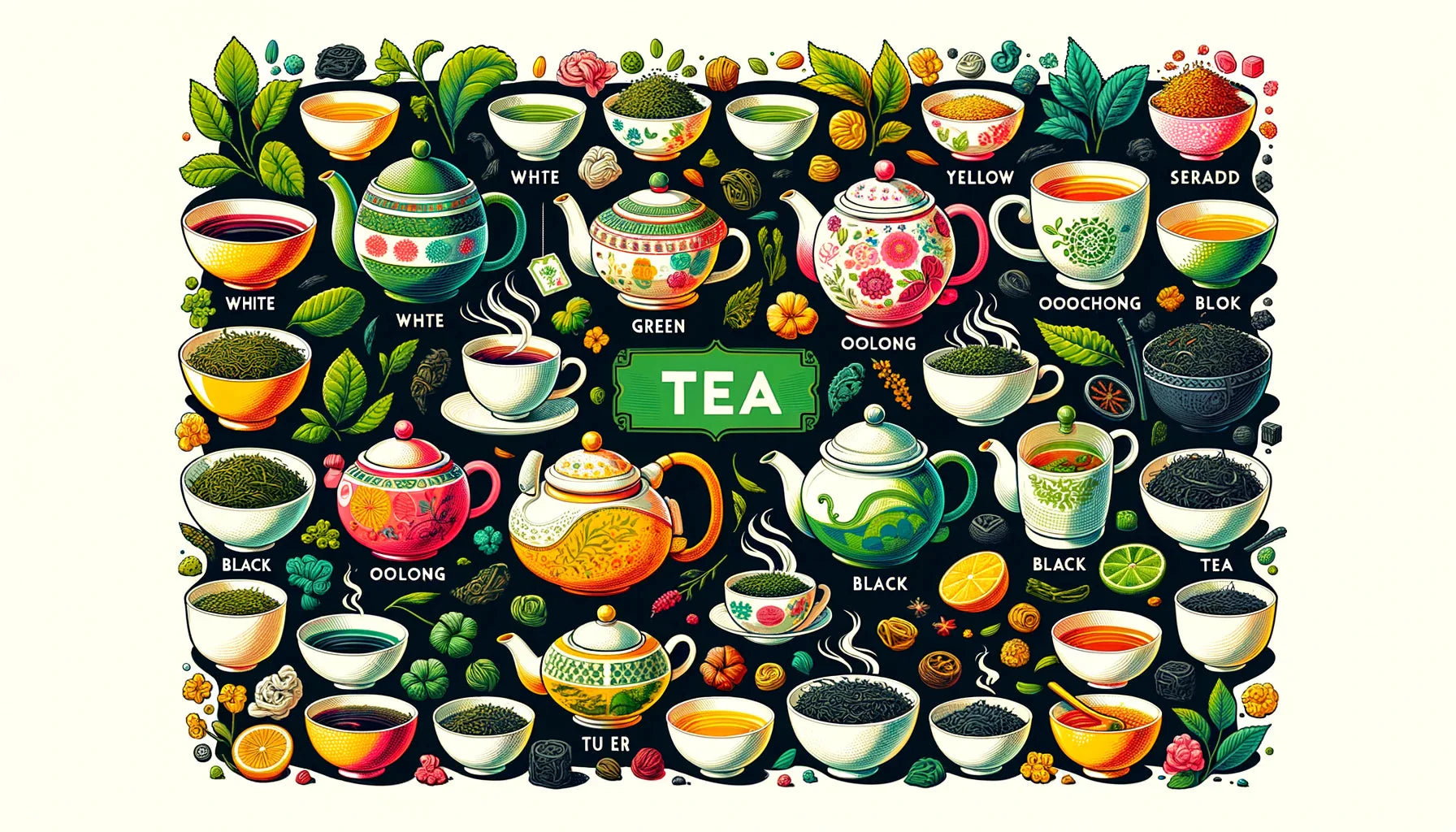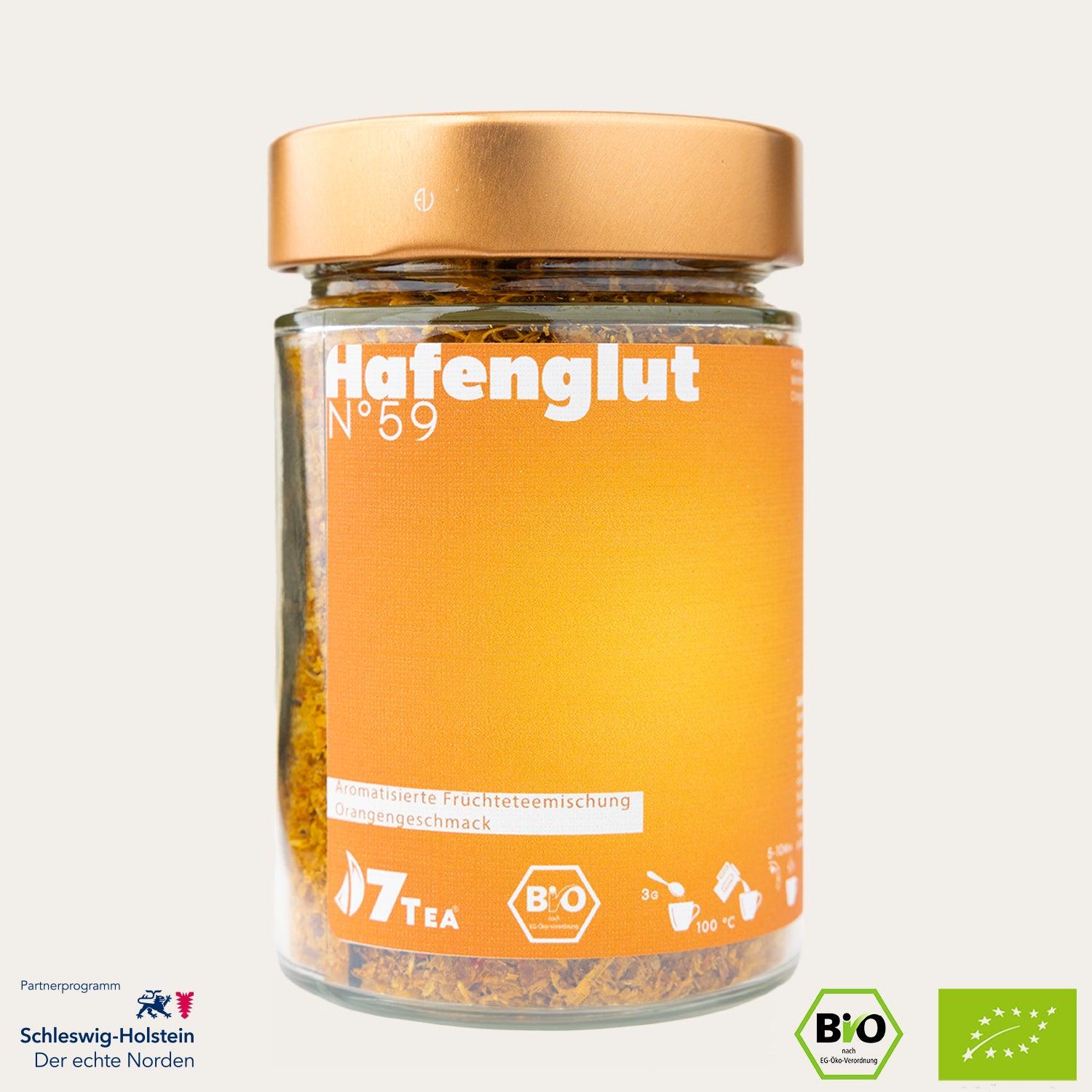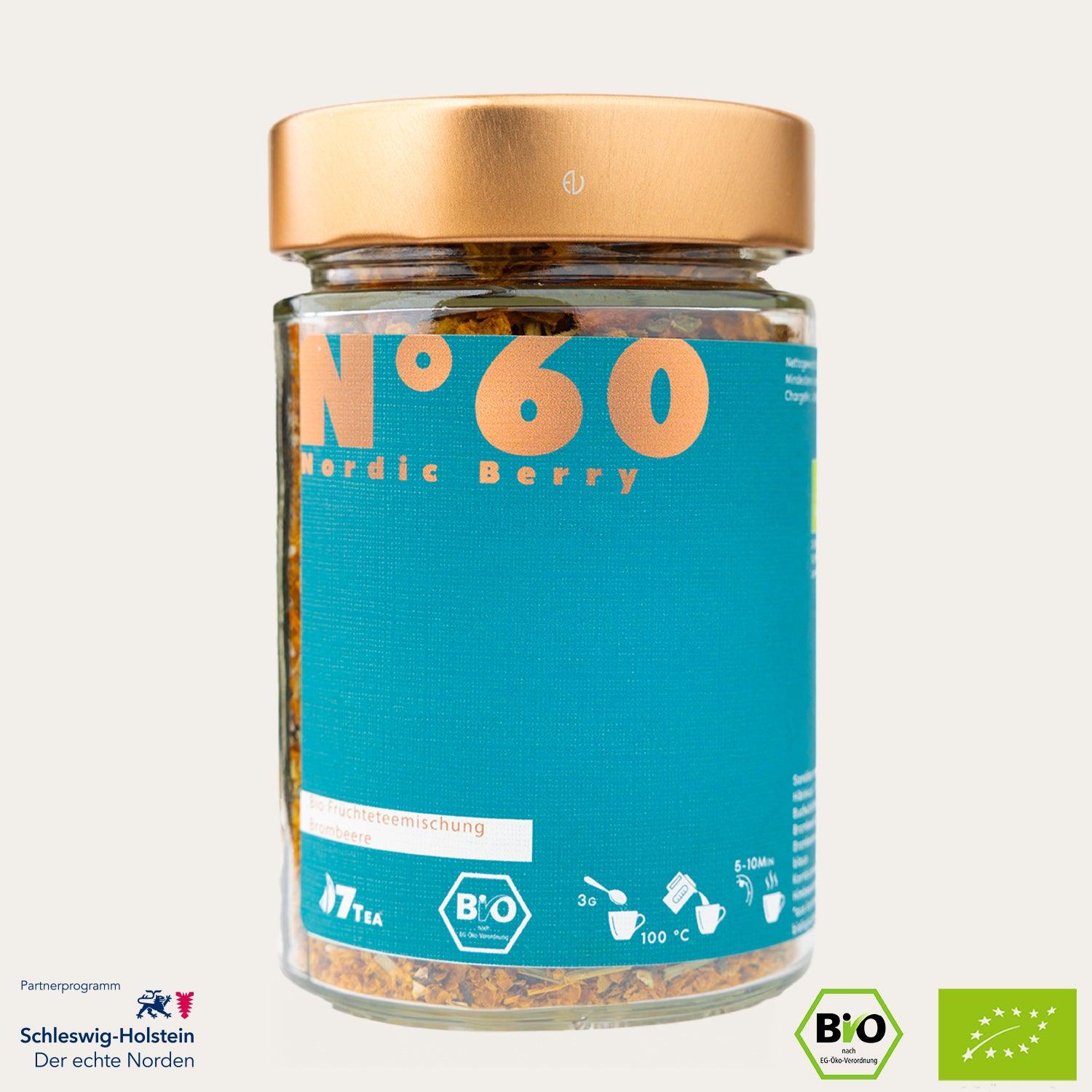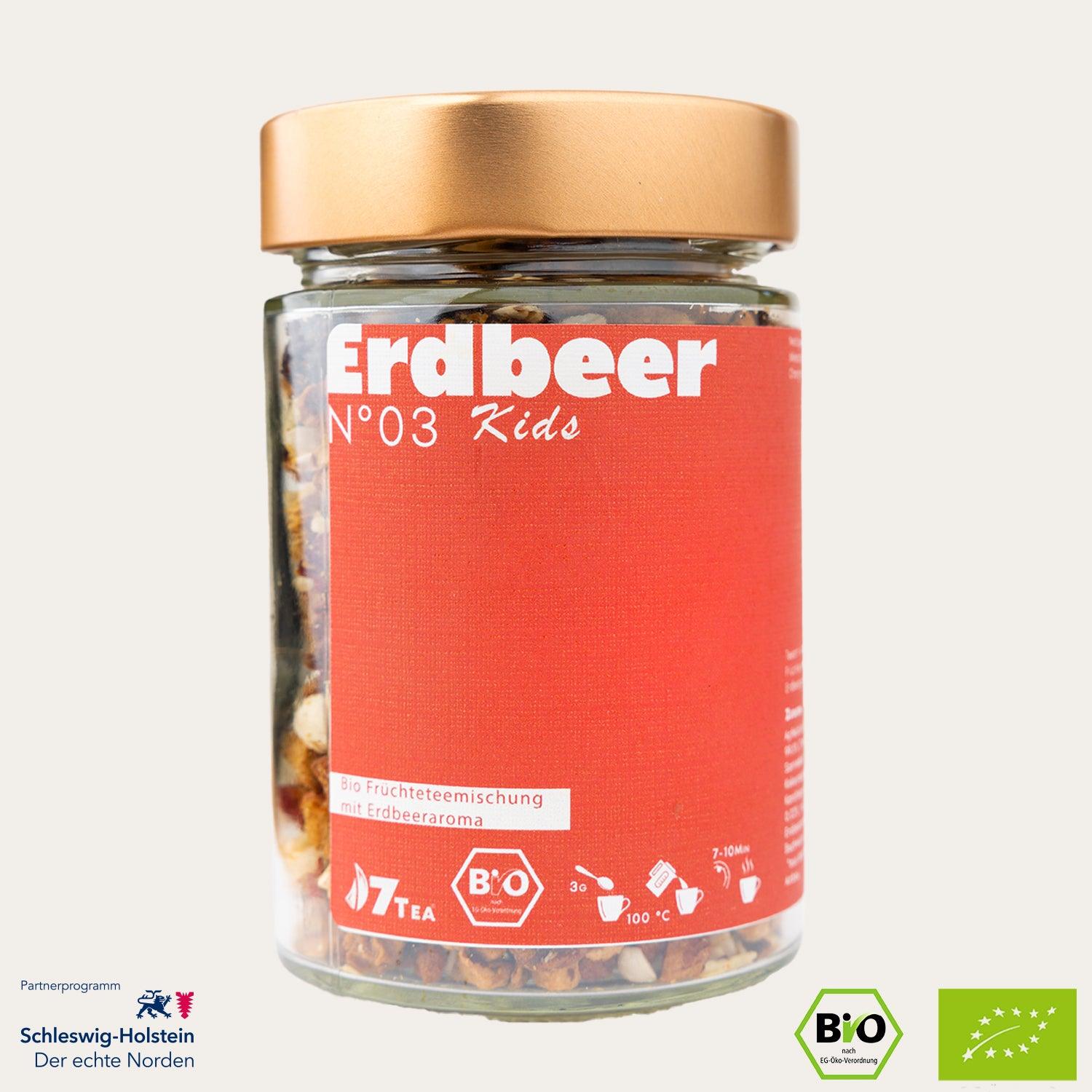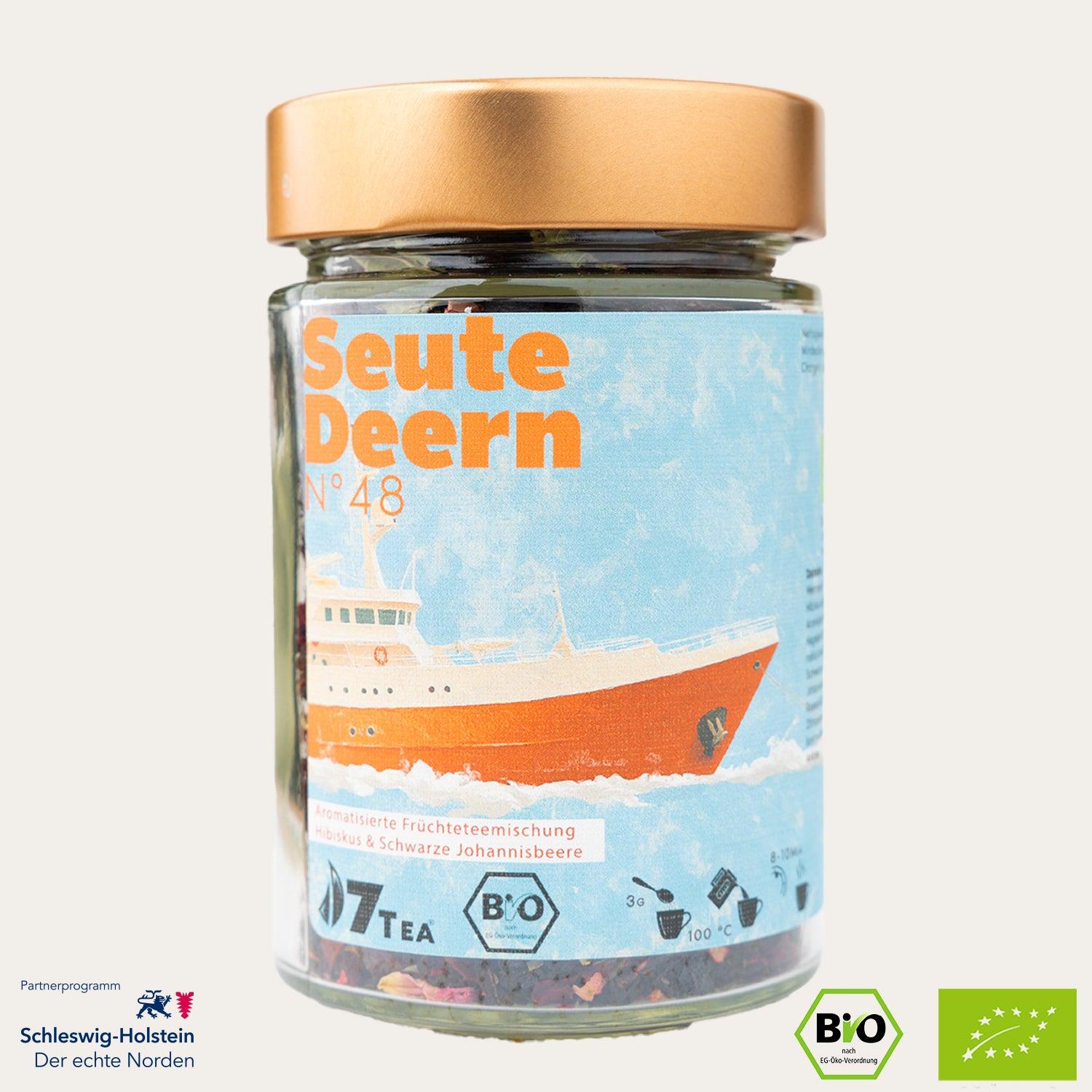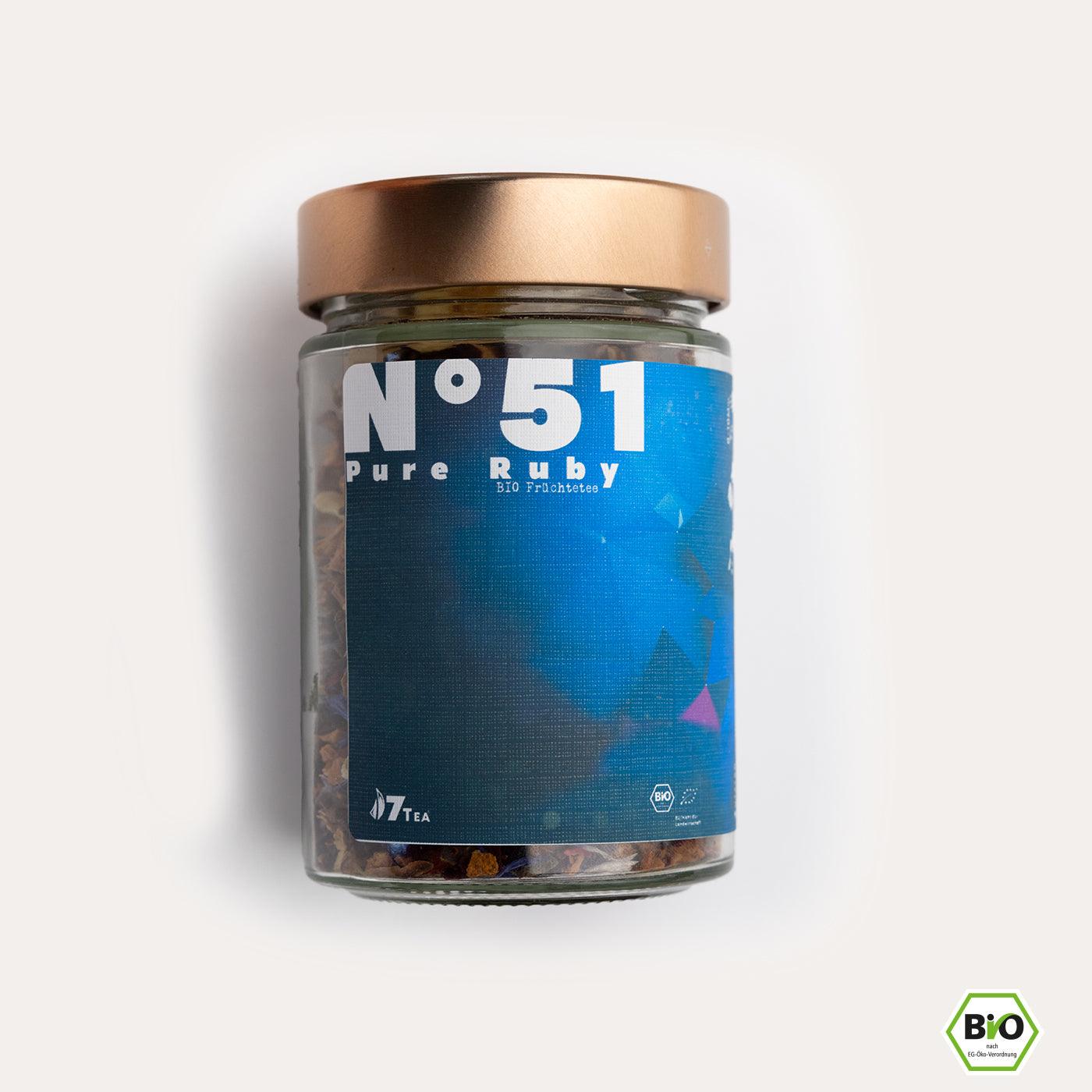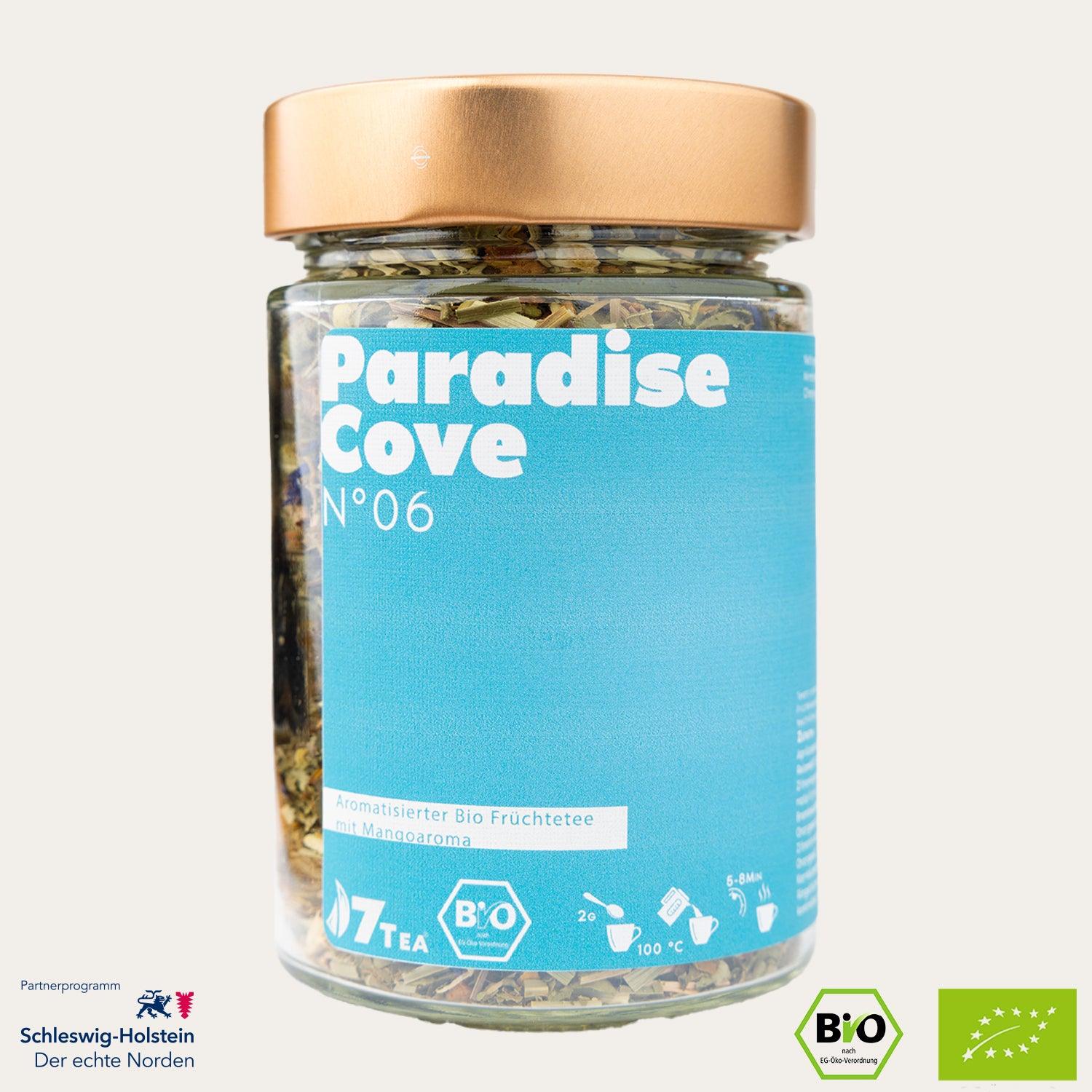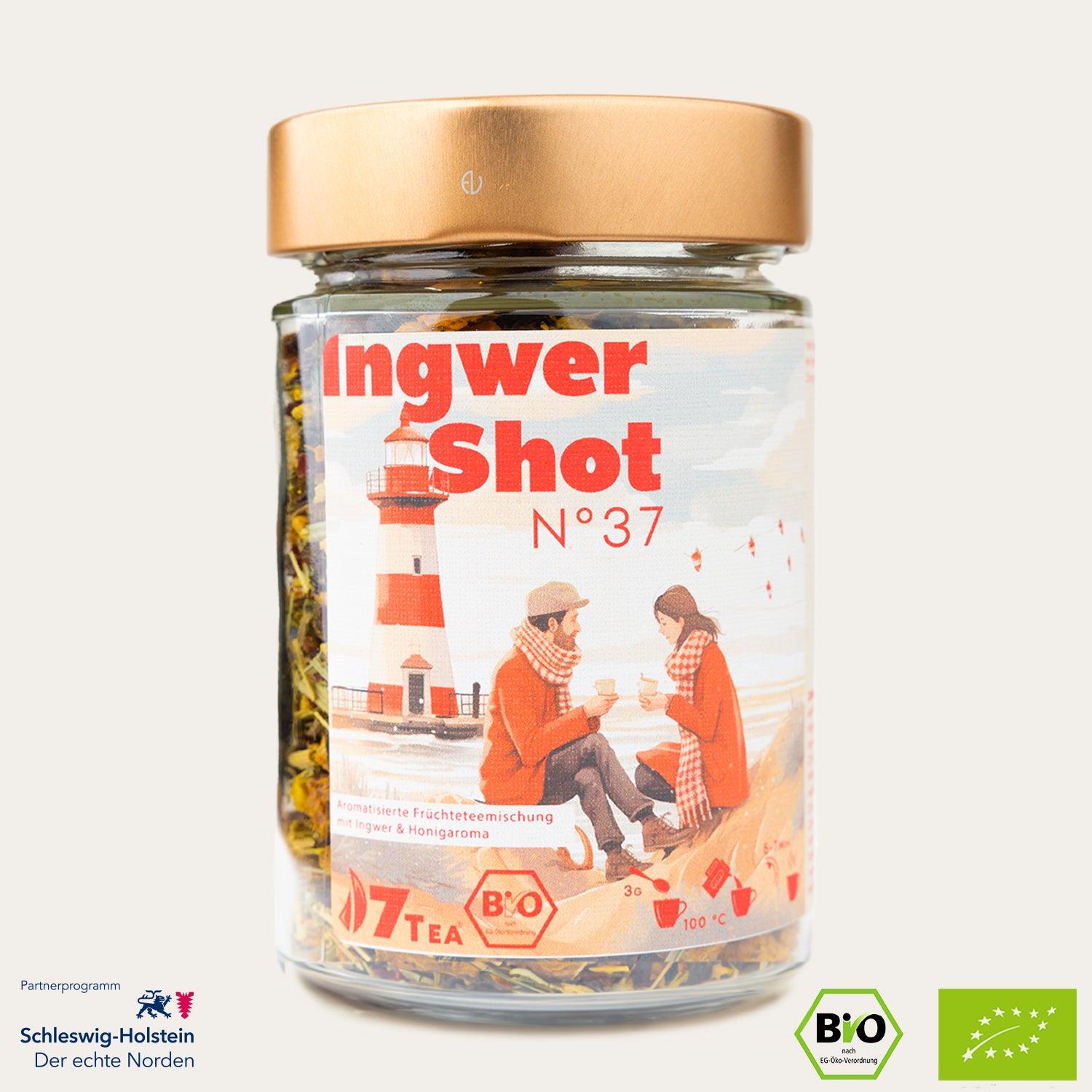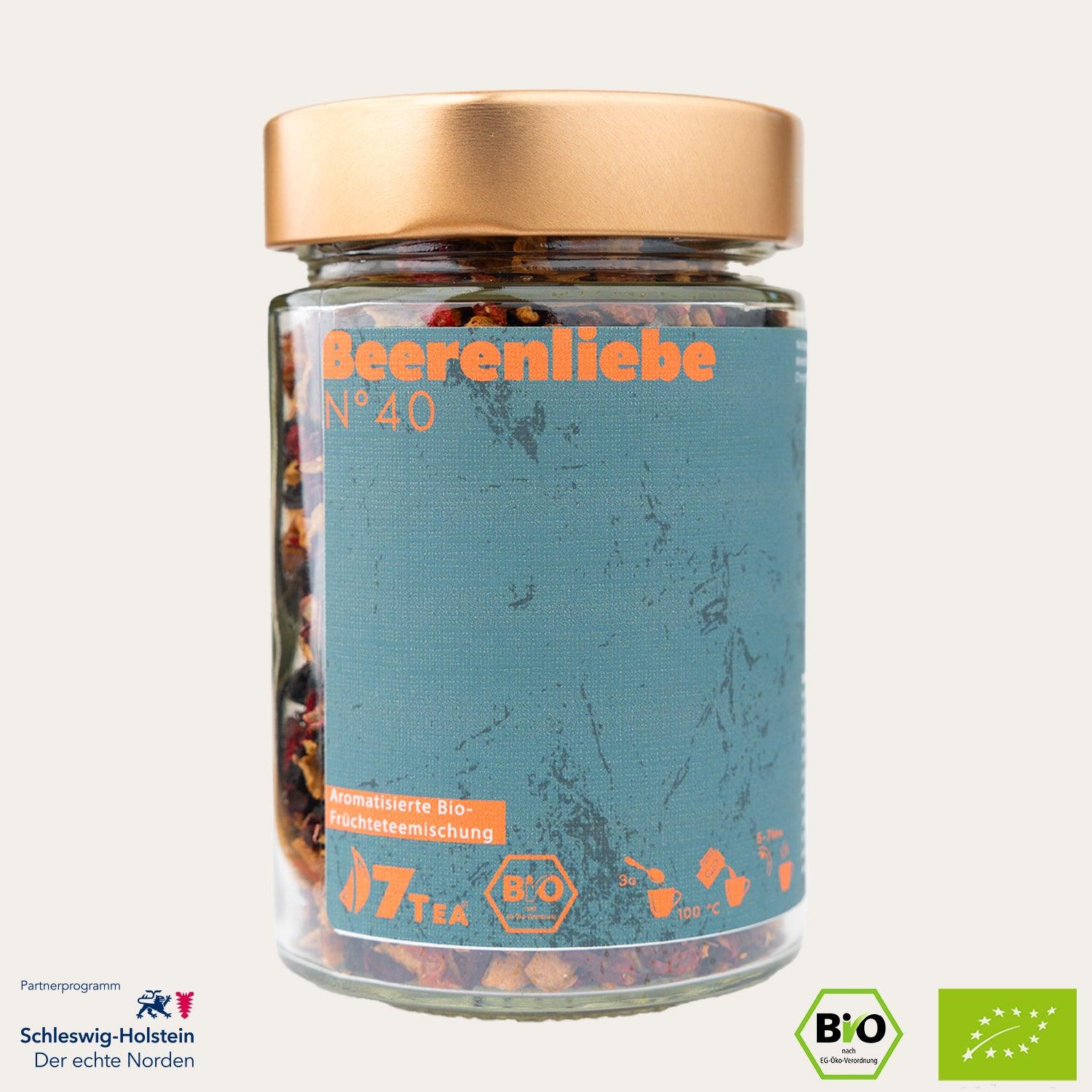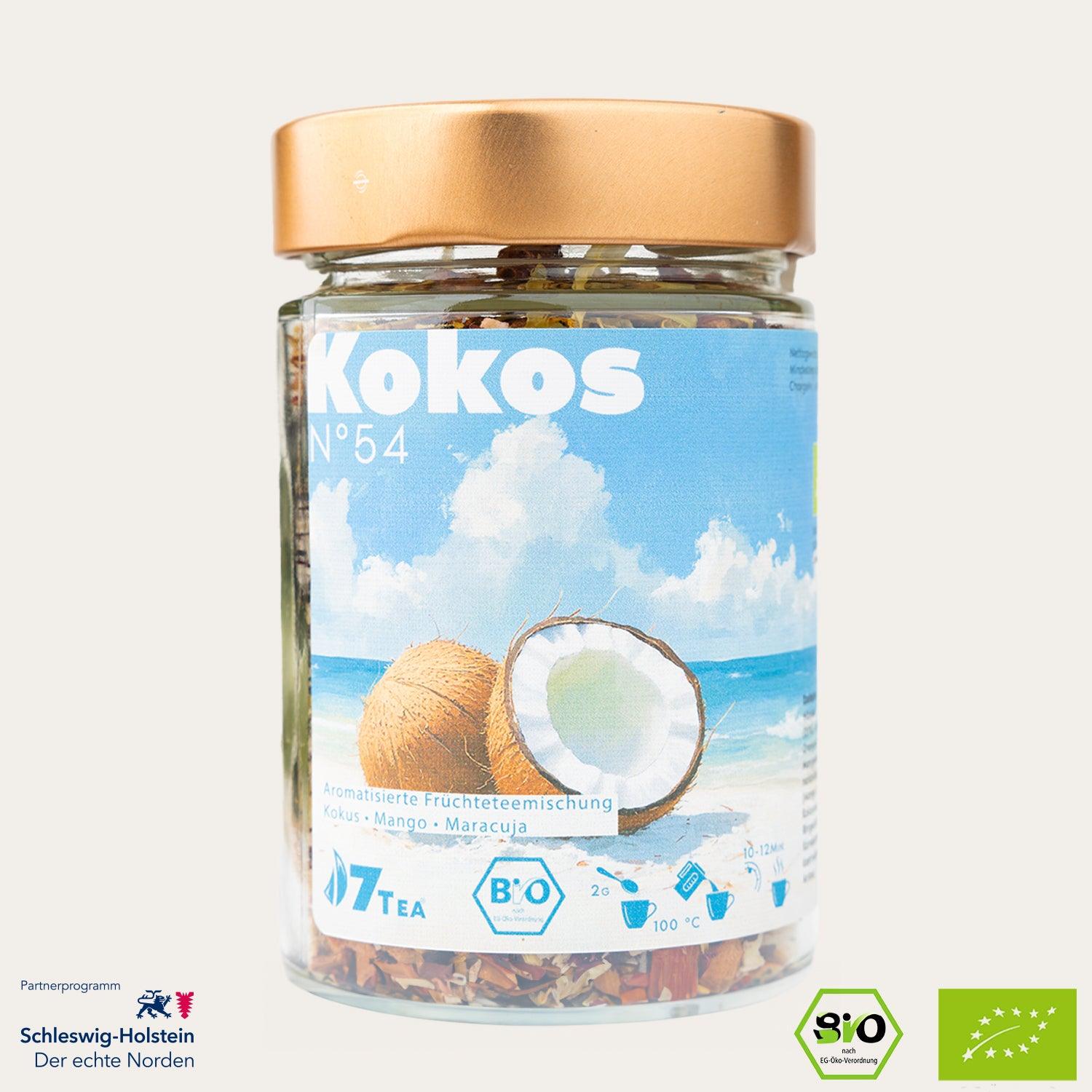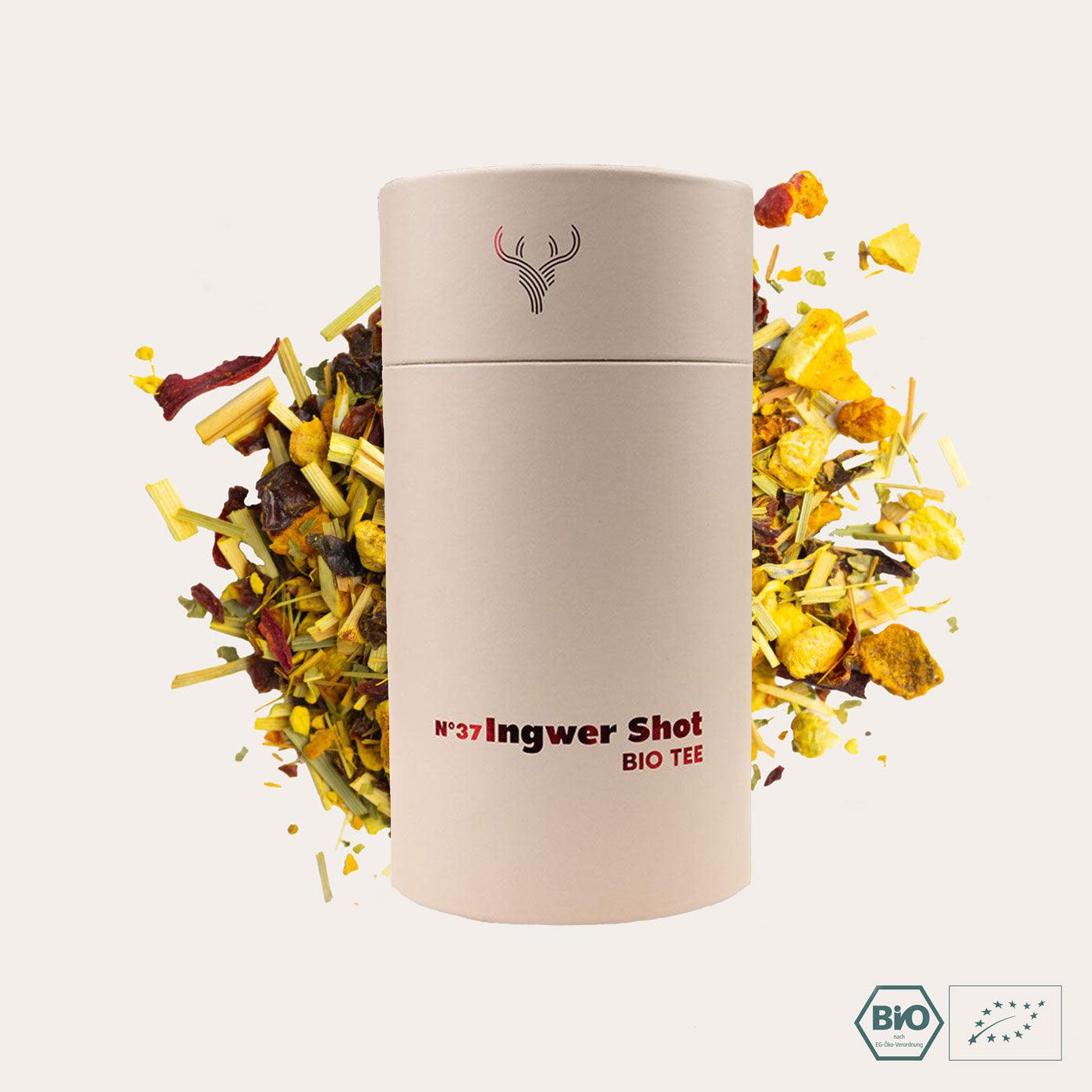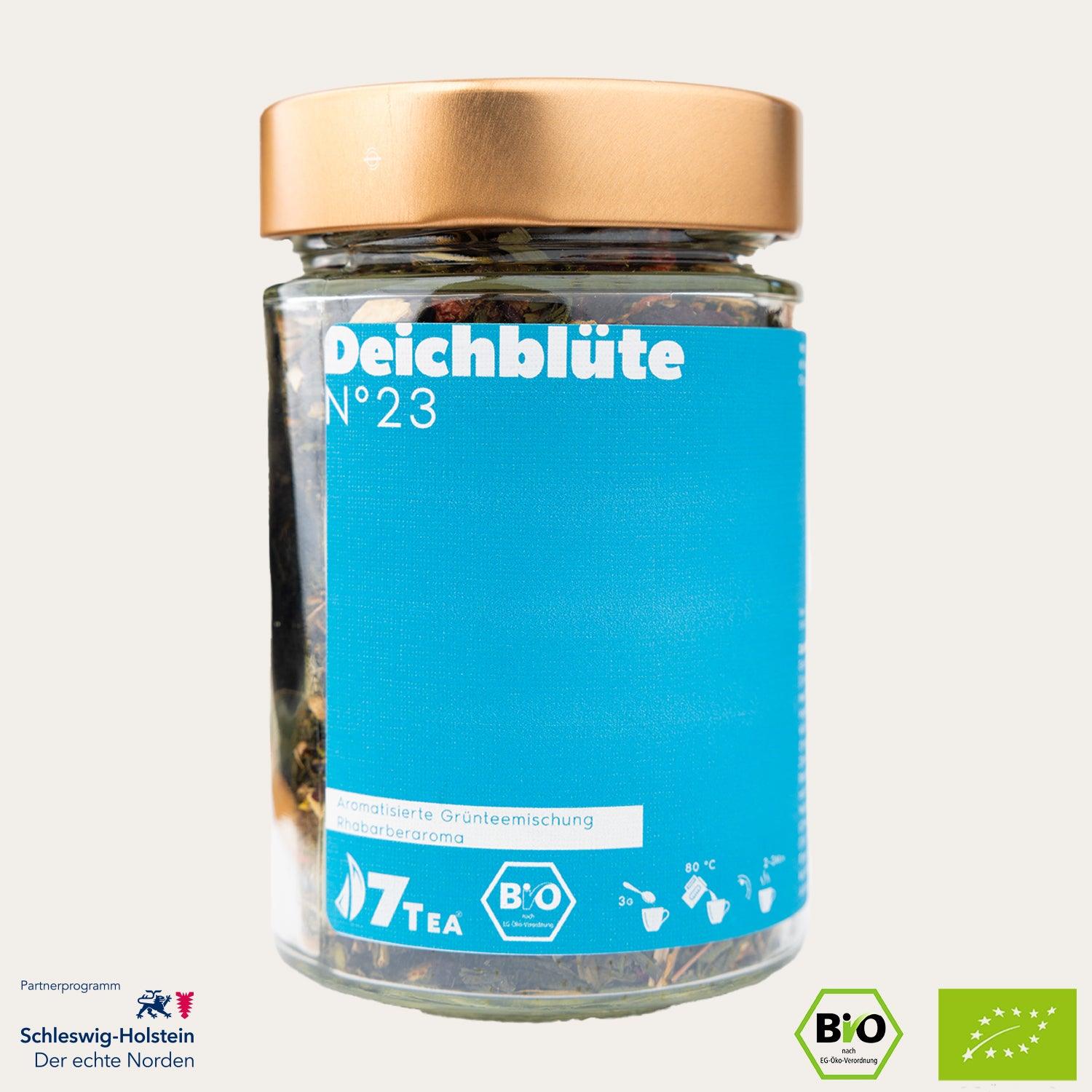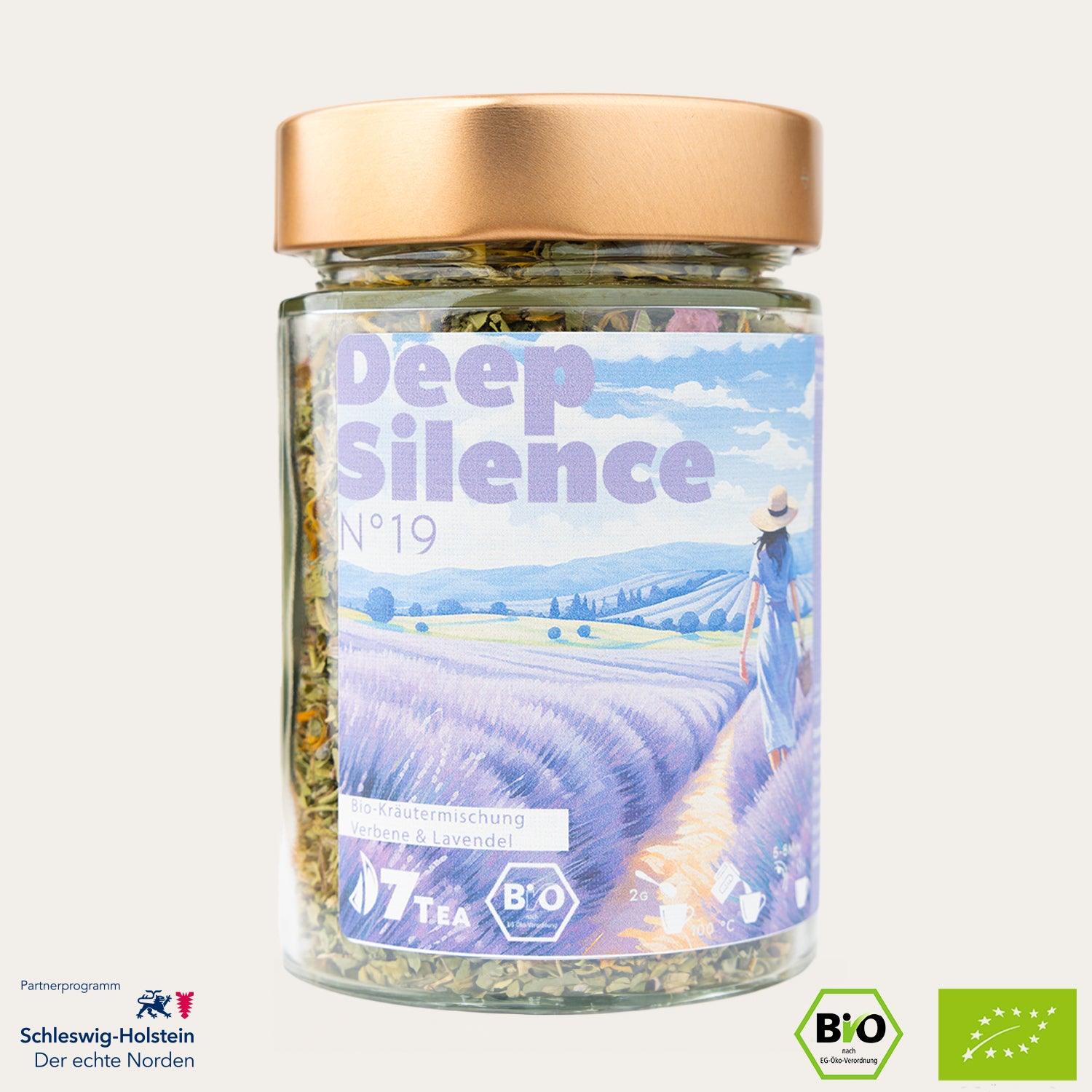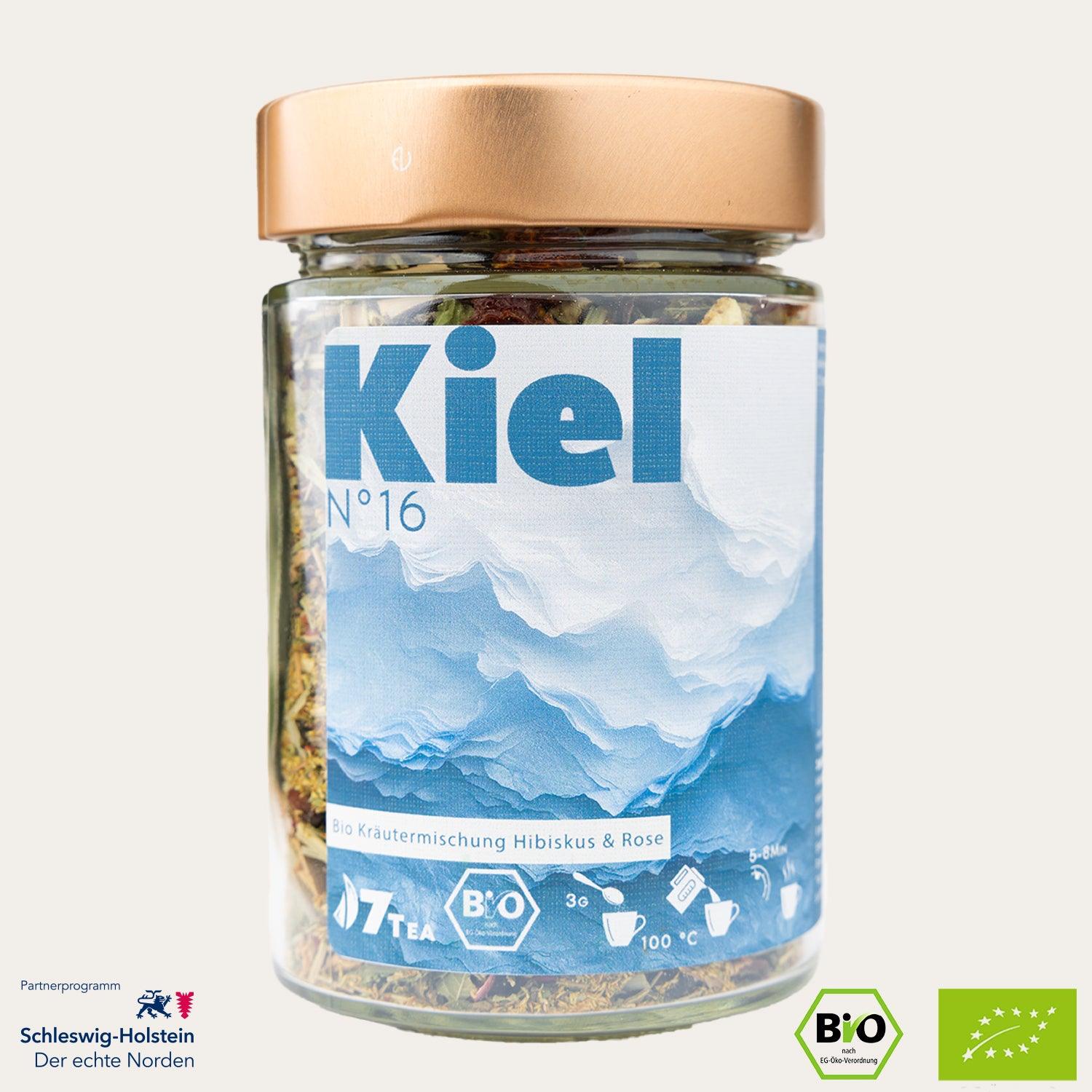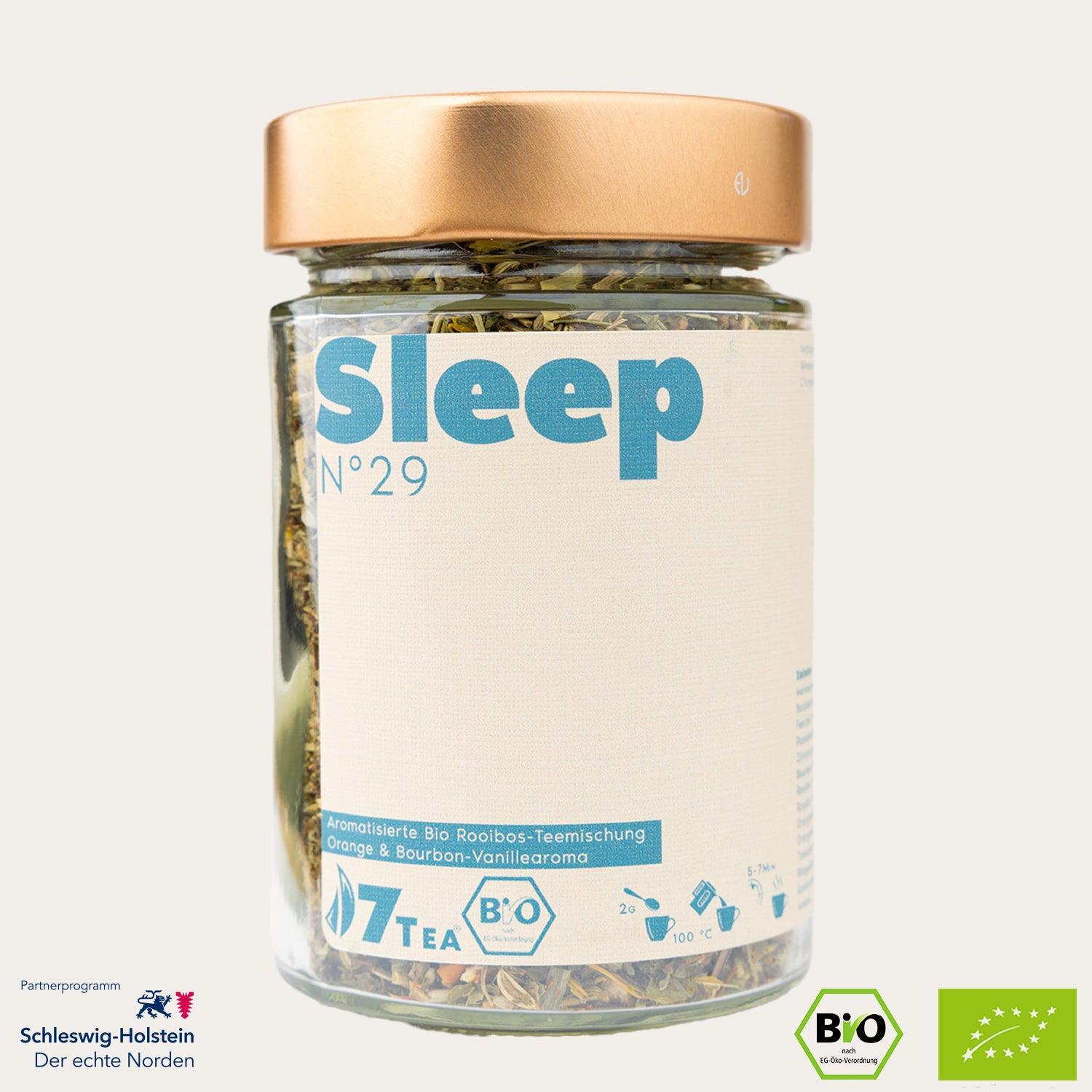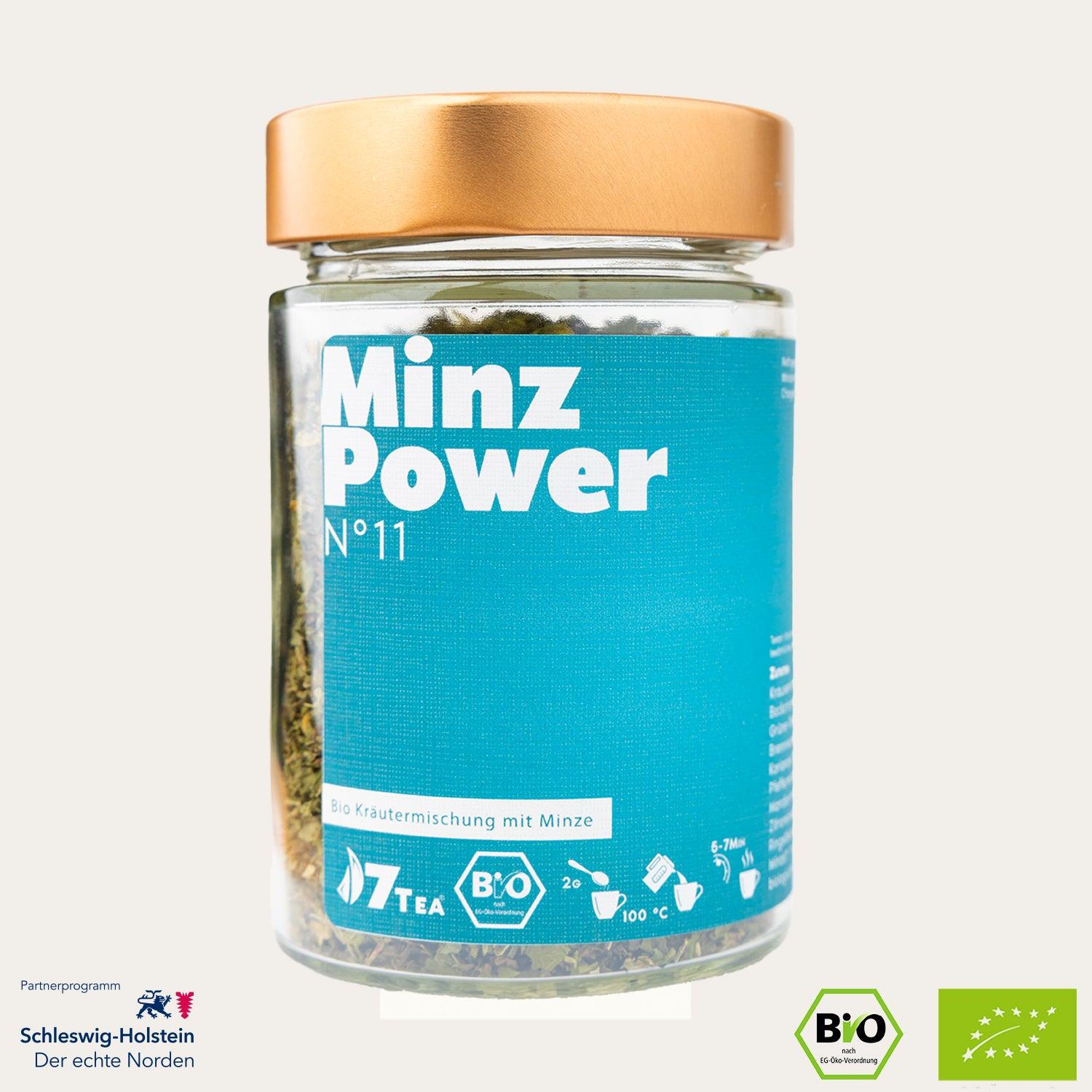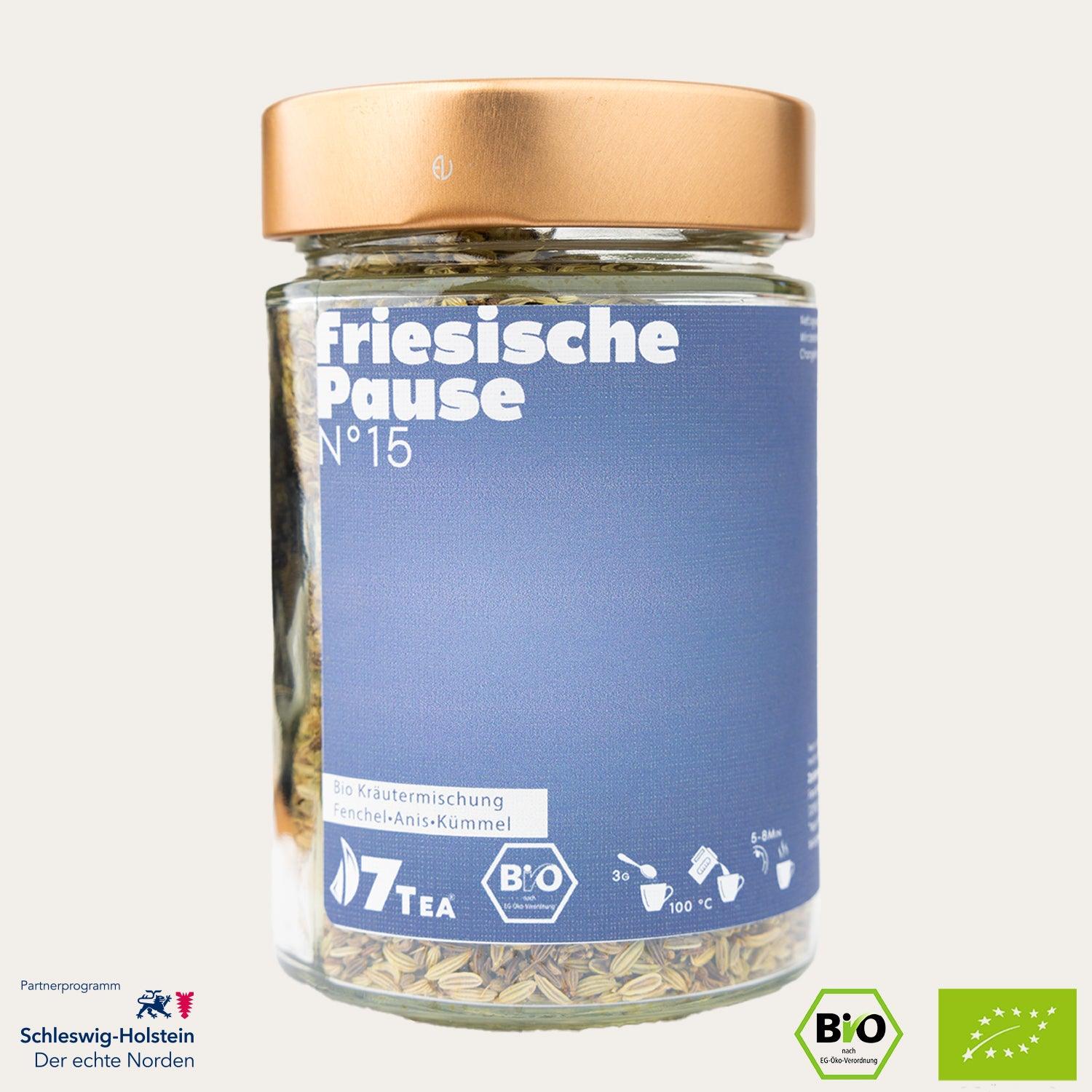Masterful Tea Making – A Comprehensive Guide
Table of contents
- Introduction
- Tea Making: Basics
- Choosing the right water
- Tea accessories: teapots and cups
- Water temperature and brewing times
- Storing and storing tea
- Tea preparation according to tea types
- Green tea
- Black tea
- Oolong tea
- White tea
- Herbal and fruit tea
- Final Thoughts
1 Introduction
Making tea is a ritual that requires care and knowledge. This comprehensive guide will walk you through all the steps to brew your tea perfectly.
2. Tea Making: Basics
Learn how to choose the right amount of tea leaves, why steeping time is so important, and how to get the best flavors from your tea.
The right amount of tea leaves
- Basic rule : On average, one teaspoon of tea per cup is often assumed. That's about 2-3 grams.
- Adjustments : Depending on the type of tea and personal taste, this amount may vary. Finer, densely packed teas like green tea often need less, while larger-leaf varieties like some oolong teas may need more.
- Experimentation : It is recommended to experiment with the quantity to suit your personal preferences.

3. Choosing the right water
The quality of the water is crucial for the taste of the tea. Learn which types of water are best for different types of tea and why.
Tea consists mostly of water. Therefore, it is logical that the quality and texture of the water has a huge impact on the taste, aroma and even color of the tea. Contaminants, minerals, and water pH can affect all aspects of the tea experience.
Mineral Content: Hard vs. Soft Water
- Hard water : Rich in minerals such as calcium and magnesium. It can affect the taste of tea by making it harder or more bitter. This can be particularly annoying with finer types of tea such as white or green tea.
- Soft water : Has a lower mineral content and is often better for making tea. It brings out the subtle aromas, especially of high-quality teas, better.
pH value: acidic, neutral, basic
- Neutral to slightly acidic water (pH around 7): Ideal for most types of tea. It preserves the natural aroma of the tea and ensures a clear cup.
- Strongly acidic or alkaline water : Should be avoided as it can alter the taste of the tea.

Chlorine and other contaminants
- Tap water can contain chlorine and other contaminants that can affect the taste of the tea. A water filter can help here.
Ideal water for different types of tea
- Green tea and white tea : Best prepared with soft, slightly acidic water. This helps to bring out the delicate flavors and avoid too much bitterness.
- Black tea and oolong : Can be prepared with slightly harder water as they have a more robust taste and the additional minerals can even have an enriching effect.
- Herbal teas : Are fairly flexible, but again, soft, clean water is often the best choice to preserve the pure flavors of the herbs.
4. Tea accessories: teapots and cups
Choosing the right accessories is crucial for successful tea preparation. Discover which material is suitable for which type of tea and how you can improve your tea experience.
Teapots: materials and their properties
- Porcelain and ceramics : Universally applicable and tasteless. Ideal for all types of tea. Porcelain pots are particularly good for delicate types of tea such as white or green tea as they retain heat well without overheating.
- Cast iron pots : Retain heat for a very long time and are robust. Good for strong teas such as black tea or Pu-Erh. However, they can affect the taste, which can be beneficial when used repeatedly with the same type of tea.
- Glass : Perfect for watching the infusion process. Glass is tasteless and is particularly suitable for visually appealing teas such as flower teas.
- Clay, specifically Yixing pots : Famous for their ability to absorb flavors. Ideal for oolong and pu-erh. These pots “learn” with every use and enhance the taste of the tea over time.

Teacups: The right vessel for enjoyment
- Porcelain : Classic and elegant, keeps temperature well. Ideal for all types of tea.
- Glass : Particularly nice for teas where color plays a role, such as green tea or flower teas.
- Stoneware : Robust and suitable for everyday use, retains heat well. Goes well with strong teas such as black tea.
Other accessories
- Tea filter : Important for loose tea. Paper filters are practical and hygienic, while reusable metal or cloth filters are more environmentally friendly.
- Tea cosy : To keep the pot warm for long periods of time, particularly useful at social events.
- Tea infuser or tea strainer : Practical for individual cups or smaller amounts of tea.

5. Water temperature and steeping times
Each type of tea has its own requirements for water temperature and steeping time. We give you specific instructions for each variety.
Water temperature
- Green and white tea : temperatures between 70°C and 80°C are ideal to avoid burns.
- Black tea and oolong : Can be infused with boiling water (approx. 100°C).
- Herbal teas : Boiling water is usually suitable here too.
Steeping time: The key to flavor
- Green tea : About 1-3 minutes. Letting it steep for too long makes it bitter.
- Black tea : Can steep for 3-5 minutes. Longer steeping times intensify the taste and bitterness.
- White Tea : Often 4-5 minutes to release the subtle flavors.
- Oolong : Varies greatly, often between 3-5 minutes, depending on the variety.
- Herbal teas : 5-10 minutes are often appropriate here as they do not contain bitter substances such as tea.
6. Preserve and store tea
Learn how to properly store your tea to preserve its freshness and flavors. We discuss the best way to store it and the effects of light, humidity and temperature.
storage
- Tea should be stored in airtight containers, away from strong odors and light. Special tea tins can help to preserve the quality and freshness.
7. Tea preparation according to tea types
- Green Tea : Delicate and requires careful handling.
- Black tea : Robust and flavorful.
- Oolong tea : Unique in its diversity.
- White Tea : Subtle and sophisticated.
- Herbal and fruit tea : Rich in variations and flavor profiles.
8. Final Thoughts
Making tea is an art that requires patience, experimentation and attention to fine details. With this guide you will discover the joy and deep knowledge of making tea.


